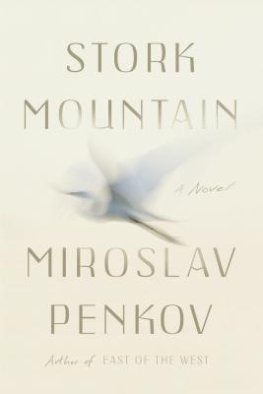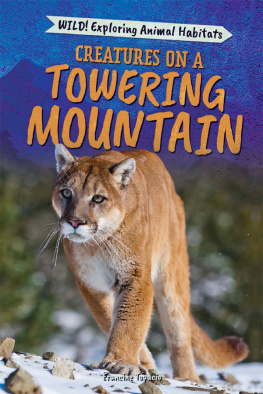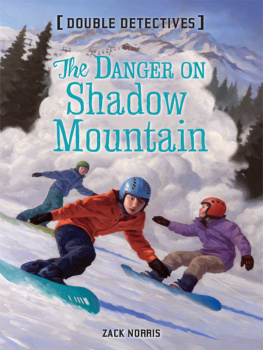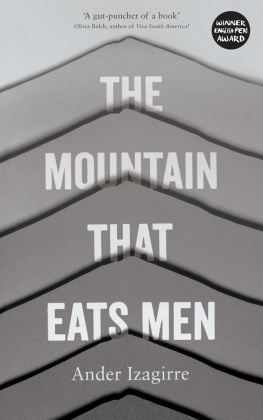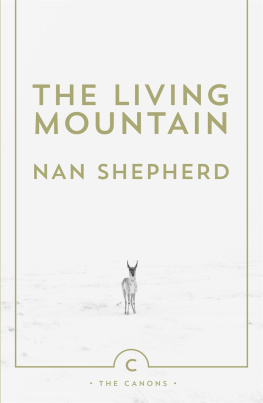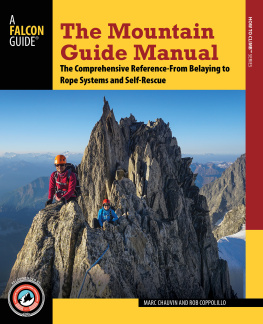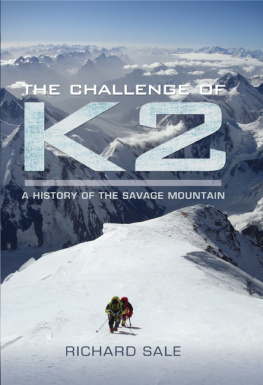
Izagirre brings to life the Cerro Rico, its history and the people who work its seams. Clear-sighted and unsentimental, yet burning with a quiet power and rage, The Mountain that Eats Men will move you to tears and to anger.
Mark Mann, author of The Gringo Trail
A gut-puncher of a book. A powerful, important work that puts the human back into human rights.
Oliver Balch, author of Viva South America!
Explores the fascinating and tragic story of the exploitation of Potos, one of the richest deposits of silver and tin on the planet. Izagirres narrative of characters eking out a living amidst what, for many, ultimately became silver-lined tombs is deft, admirable, and haunting.
Kim MacQuarrie, author of Life and Death In the Andes
Izagirre uses what appears to be a small, personal story to tell a much wider, more universal one. Like Kapuciski, he finds the drop of water that reflects everything around it.
El Pas
Izagirre is an old-style reporter in terms of his exquisite technique and his professionalism, but also a journalist of the 21st century when it comes to the risks he takes, his incredible commitment, his irony and his humour.
El Descodificador
Shares the spirit of Eduardo Galeano and also of Naomi Kleins Shock Doctrine. But Izagirre gets closer to the ground.
Culturamas
The
Mountain
that Eats
Men
ANDER IZAGIRRE
TRANSLATED BY TIM GUTTERIDGE

The Mountain that Eats Men was first published in 2019 by Zed Books Ltd, The Foundry, 17 Oval Way, London SE11 5RR, UK.
This ebook edition was first published in 2017
www.zedbooks.net
The right of Ander Izagirre to be identified as the author of this work has been asserted by him in accordance with the Copyright, Designs and Patents Act, 1988.
Typeset in Sabon by seagulls.net
Cover design by Steve Leard
All rights reserved. No part of this publication may be reproduced, stored in a retrieval system or transmitted in any form or by any means, electronic, mechanical, photocopying or otherwise, without the prior permission of Zed Books Ltd.
A catalogue record for this book is available from the British Library
ISBN 978-1-78699-455-4 pb
ISBN 978-1-78699-457-8 pdf
ISBN 978-1-78699-458-5 epub
ISBN 978-1-78699-459-2 mobi
CONTENTS
ACKNOWLEDGEMENTS
Daniel Burgui is one of the most important people in this book, even if this is his only appearance. He was my travelling companion on my first trip to Bolivia and on other projects in the country over many years, and we shared discoveries, excitement, sadness, the occasional disappointment and a never-ending list of debts. Dani is generous, sensitive and cheerful. He is also a journalist from whom I have learned a great deal: because he is a wonderful writer; because he treats people with great respect; because he accompanies them before, during and afterwards; and because he always comes back. And hes a great friend who always come back.
I owe a huge debt of thanks to the people who live on Cerro Rico de Potos and in the mining district of Llallagua, for giving me their time and their knowledge, and for welcoming me into their lives. Some of them appear in this book and others do not (or at least not with their real names). They are guards and palliris , miners and watchmen, teachers and administrators, girls and boys.
I also want to express my thanks to Miguel Snchez-Ostiz for giving me the first excellent clues that set me on the trail to Bolivia.
And to Cecilia Molina, Hctor Soliz, Maxime Chiquet, Jos Pimentel, Dora Camacho, Modesto Prez, Fernando Prez, Gary Daher and Ramn Rocha Monroy, for giving me their time and acting as my guides in Bolivia, enabling me to gain a deeper understanding of the country and of the history of the mines. I would also like to express my thanks for the assistance I received from the staff of Cepromin and Voces Libres, and to state my admiration for their commitment.
To lex Ayala Ugarte and Karim Patn, for their hospitality and all the good times weve shared.
To Eider Elizegi, for her companionship on the road and for her insightful observations in Bolivia.
To all the other friends, family and strangers who contributed to the Escuela Robertito project in Cerro Rico.
While writing this book, I was privileged to receive some very special support, with my text being read and commented on by Martn Caparrs, Eileen Truax, Roberto Valencia, Catalina Lobo-Guerrero, Andrs Wiesner, Claudia Jardim, Esteban Castro, Cecilia Lanza and Diego Fonseca. We spent a week together in Oaxaca (Mexico), at a workshop organized by Fundacin Nuevo Periodismo Iberoamericano, working under the brilliant guidance of Caparrs on our blocked writing projects. Without their help, this book would be far weaker; even with their help, there are plenty of shortcomings which they identified but I was unable to fix.
I would also like to thank Jaime Martn, June Fernndez, Nerea Armendriz and Sara Agnetti for reading, discussing and commenting on the book in some detail. They had the great literary virtue of enabling me to see a solution and to identify a hundred new problems.
Finally, it is with great fondness that I remember Gregorio Iriarte, who died in Cochabamba from a cause he would never have predicted: old age.
In The Land of Fabulous Treasures
A woman cant enter the mine, Pedro Villca tells me. Can you imagine? The woman has her period and Pachamama gets jealous. Then Pachamama hides the ore and the seam disappears.
Villca is an old miner, an unlikely combination in Bolivia. Hes fifty-nine and none of his comrades have made it to his age. Hes alive, he says, because he was never greedy. Most miners work for months or even years without a break. Most miners end up working twenty-four-hour shifts, fuelled by coca leaves and liquor, a practice for which they have invented a verb, veinticuatrear : to twenty-four. Instead he would come up to the surface, go back to his parents village for a few months to grow potatoes and herd llamas, fill his lungs with clean air to flush the dust out of them, and then go back to the mine. But he was never there when his companions were asphyxiated by a pocket of gas or crushed by a rockfall. He knows hes already taken too many chances with death and that he shouldnt push his luck. So hes decided to retire. He swears that in a few weeks time hell retire.
Villca is barely five feet tall. Even so, he has to crouch down to avoid banging his helmet on the eucalyptus beams that hold up the gallery. He walks bent almost double and with his arms pinned to his sides because in this tiny tunnel
This damn wormhole!
because in this tunnel if you flex your arms they brush against the walls on either side, and if you raise your head your helmet bangs against the roof. Were inside a mountain. There are a few inches of air around our bodies and, beyond that, millions of tons of solid rock. Its as close as you can get to being buried alive. This wormhole is the only way back to the surface, as long as you know how to find your way through the labyrinth of snaking, crossing, forking, twisting, rising, falling galleries. Theres nothing in the tunnels, in the caves, in the shafts no light, no breeze, no sound to indicate if we are heading back towards life or down into the depths of the mountain. It is as if a single sneeze would be enough to make the mountain contract and crush this gallery as we feel our way along it like two insects, touching the walls, walking with our feet and with our hands.
Next page

